Understanding the Meaning of ERROR_FSFILTER_OP_COMPLETED_SUCCESSFULLY
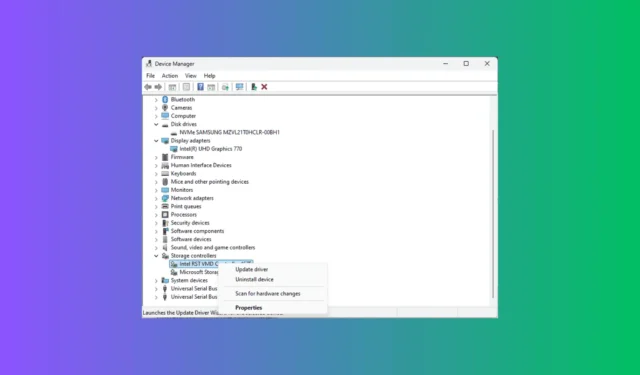
The ERROR_FSFILTER_OP_COMPLETED_SUCCESSFULLY is not an error message; instead, it serves as an informational notification. Specifically, it includes the description 762 (0x2FA): A file system or file system filter driver has successfully completed an FsFilter operation. This message does not indicate any issues or errors that need fixing, but rather signifies that a file system filter driver has effectively completed its task without any problems.
How can I learn more about ERROR_FSFILTER_OP_COMPLETED_SUCCESSFULLY?
The ERROR_FSFILTER_OP_COMPLETED_SUCCESSFULLY is a success notification indicating that the file system or filter driver has completed an FsFilter operation successfully. To gain further insights, follow these steps:
- Press the Windows key, type Event Viewer in the search box, and click Open.

- Click and expand the Windows Logs section on the left pane, and select System.
- Look for entries related to system events; find the ERROR_FSFILTER_OP_COMPLETED_SUCCESSFULLY event and read the information displayed.
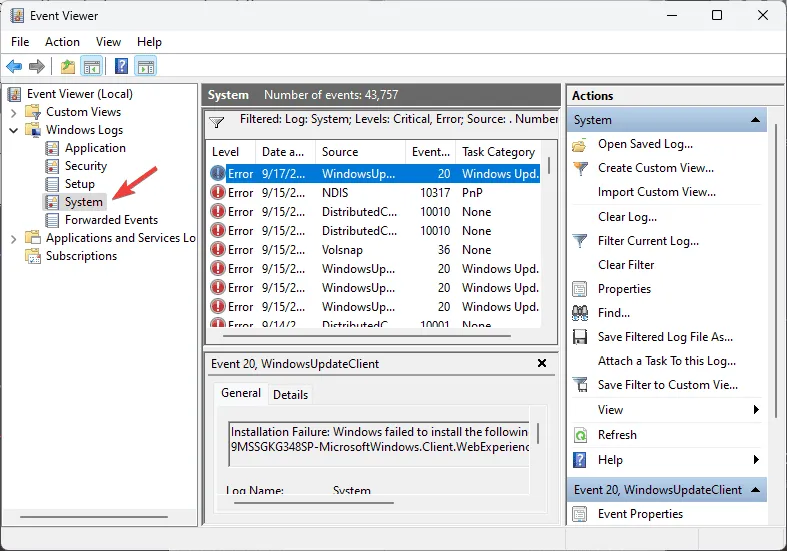
- If you see this event marked as Error or Critical, select it and choose Filter Current Log from the right pane.
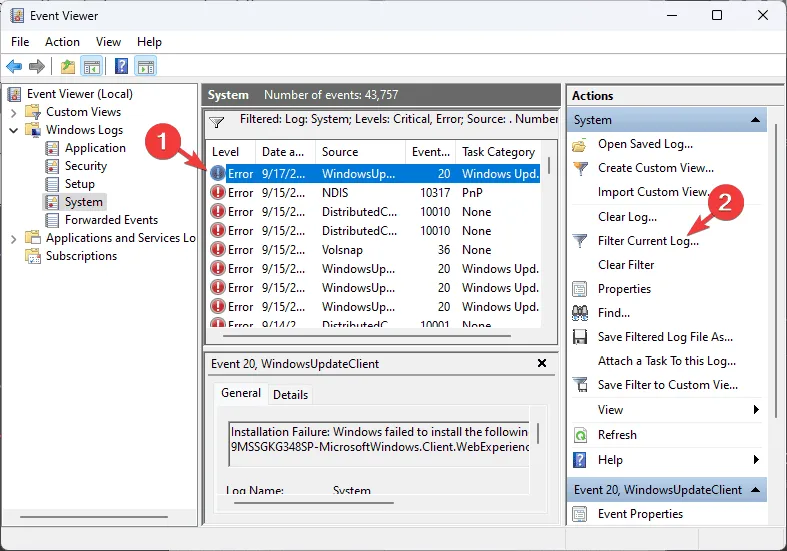
- In the popup window, choose Error and Critical under Event level, and click OK.

- Now, check for any disk errors or hardware-related issues. If you notice additional messages that may suggest potential file system operation issues, continue reading!
How can I resolve issues related to ERROR_FSFILTER_OP_COMPLETED_SUCCESSFULLY?
1. Verify the file system filter drivers
- Press Windows + R to open the Run dialog.
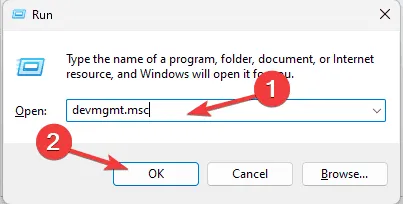
- Type devmgmt.msc and click OK to launch the Device Manager.
- Navigate to the Disk Drives or Storage Controllers category and click to expand it.
- For example, the Intel RST VMD controller 467F on my HP computer acts as a file system filter driver. Once you identify yours, right-click it and select Properties from the context menu.
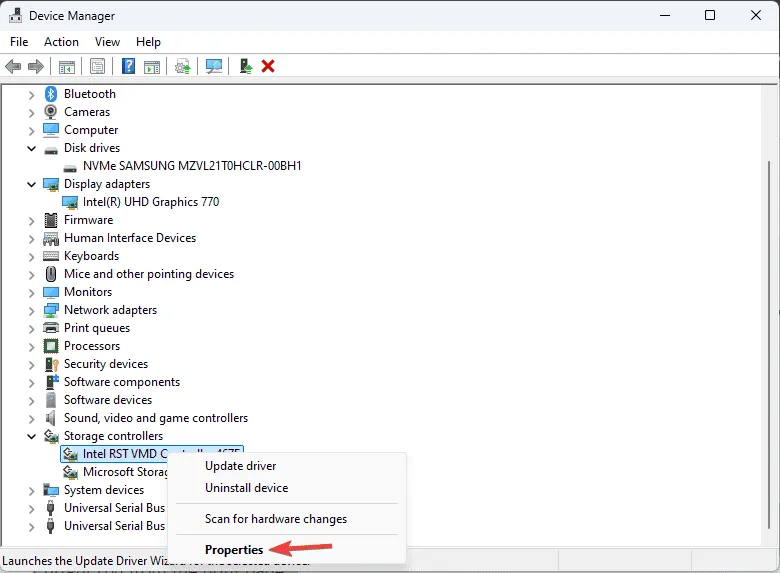
- Go to the Driver tab and note the Driver Version and Driver Date. Additionally, check the Digital Signer to ensure that the driver is from a trusted source.

To confirm that you are using the correct version of the driver, follow these steps:
- Visit the official website of your device manufacturer. Here, we will demonstrate using HP’s official website as an example since it is the manufacturer of my device.
- Select your device, then enter the Product serial and product numbers.
- Select the operating system of your device and click Next.
- You’ll see a list of available drivers for your device. Verify if the version mentioned matches the one you recorded.
- If it doesn’t, click Download to obtain the file. Double-click the downloaded file and follow the on-screen instructions to complete the installation process.
2. Reinstall the driver
- Press Windows + R to open the Run window.
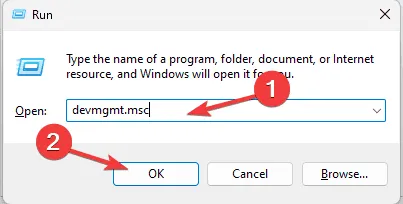
- Type devmgmt.msc and click OK to access the Device Manager.
- Expand the Storage Controllers category, right-click the file system filter driver, and choose Uninstall device.

- Click Uninstall again to confirm your choice.
- To reinstall, navigate to Action and select Scan for hardware changes.
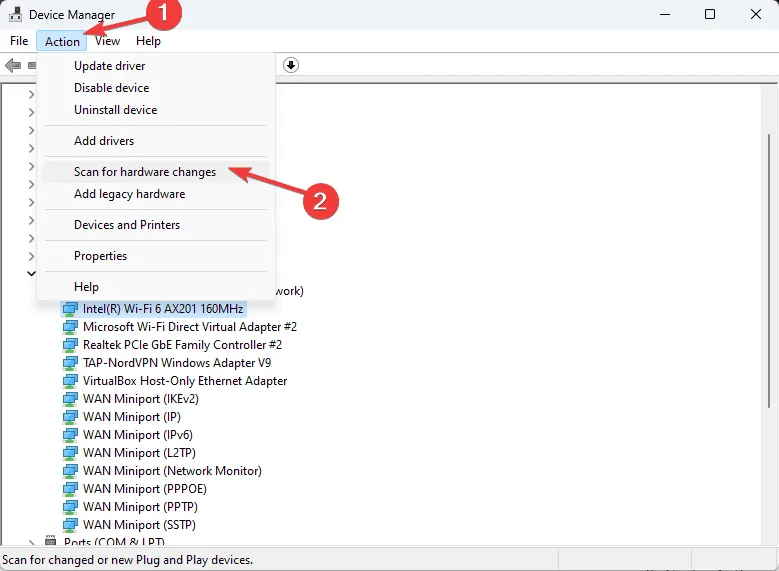
3. Run an SFC scan
- Press the Windows key, type cmd in the search box, and click Run as administrator.

- Copy and paste the following command to repair damaged or restore missing system files, then hit Enter :
sfc /scannow
- Wait for the command to finish, then reboot your PC to allow the changes to take effect.
4. Check for disk errors
- Press the Windows key, type cmd in the search box, and click Run as administrator.
- Copy and paste the following command to check for disk errors on your PC and press Enter :
chkdsk /f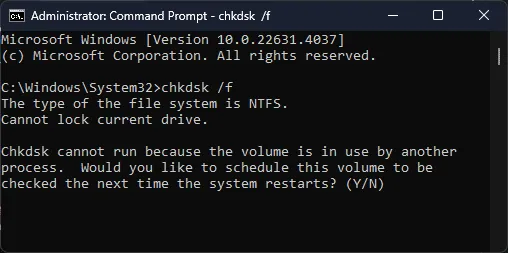
- You will receive a prompt asking you to restart the computer. Save all your work and type Y in the Command Prompt, then press Enter.
- Once the scan is finished, your system will boot into Windows, and the results will display in the Command Prompt window.
If errors are found and cannot be resolved, make sure to back up your data and consider replacing the drive if you notice other signs of failure, such as unusual noises, frequent crashes, or corrupted files.
5. Restore your PC to a previous version
- Press the Windows key, type Control Panel in the search box, and click Open.

- Select Large icons for View by, then click Recovery.
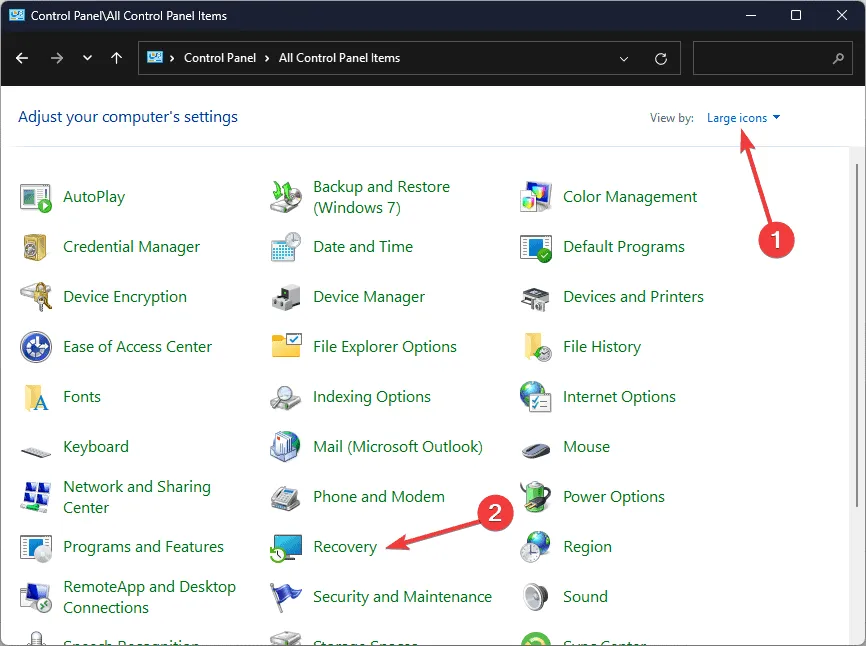
- Click Open System Restore.

- Select Choose a different restore point on the System Restore window, then click Next.

- On the next screen, select the previous or oldest restore point from when your PC was functioning correctly and click Next.
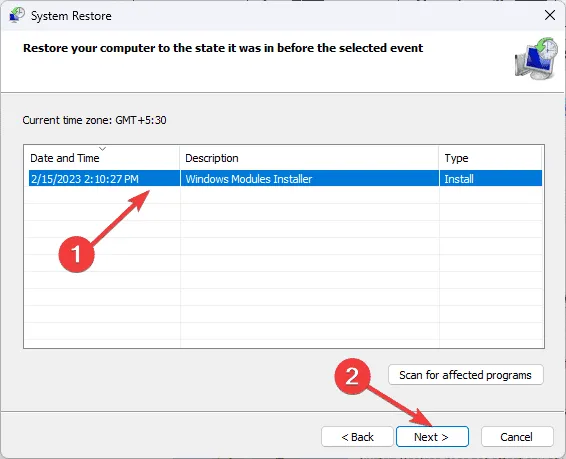
- Click Finish to initiate the restoration process.
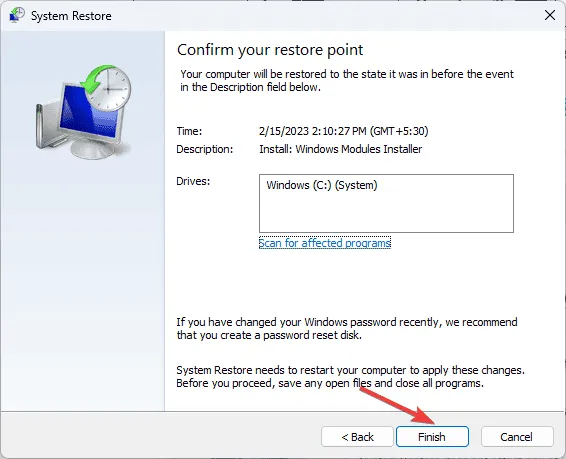
Windows will restart and attempt to restore your PC to the selected version. This process may take some time, so it’s important not to turn off your computer. After rebooting, navigate to Settings, click Windows Update, and then select Check for Updates. If any updates are available, click Download & Install to ensure your system is up to date.
If you encounter an unsuccessful System Restore message after the restart, we recommend checking this informative guide for further solutions.
Should you face additional issues following the ERROR_FSFILTER_OP_COMPLETED_SUCCESSFULLY message, we advise considering a reset of your PC or a complete reinstallation of the operating system.
If you have questions or issues related to this topic, please feel free to mention them in the comments section below. We are eager to assist you!


Leave a Reply